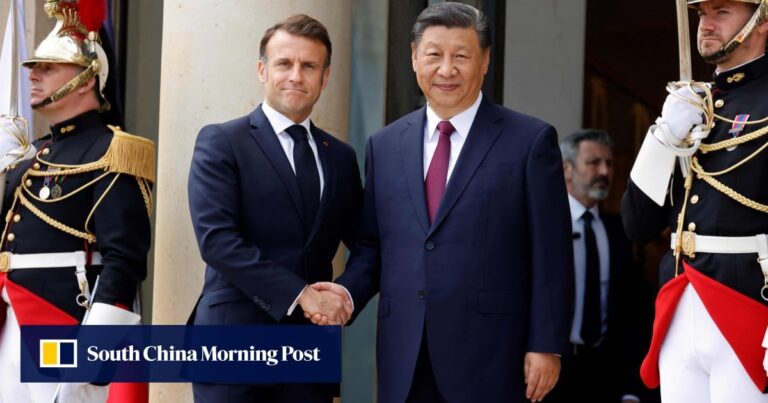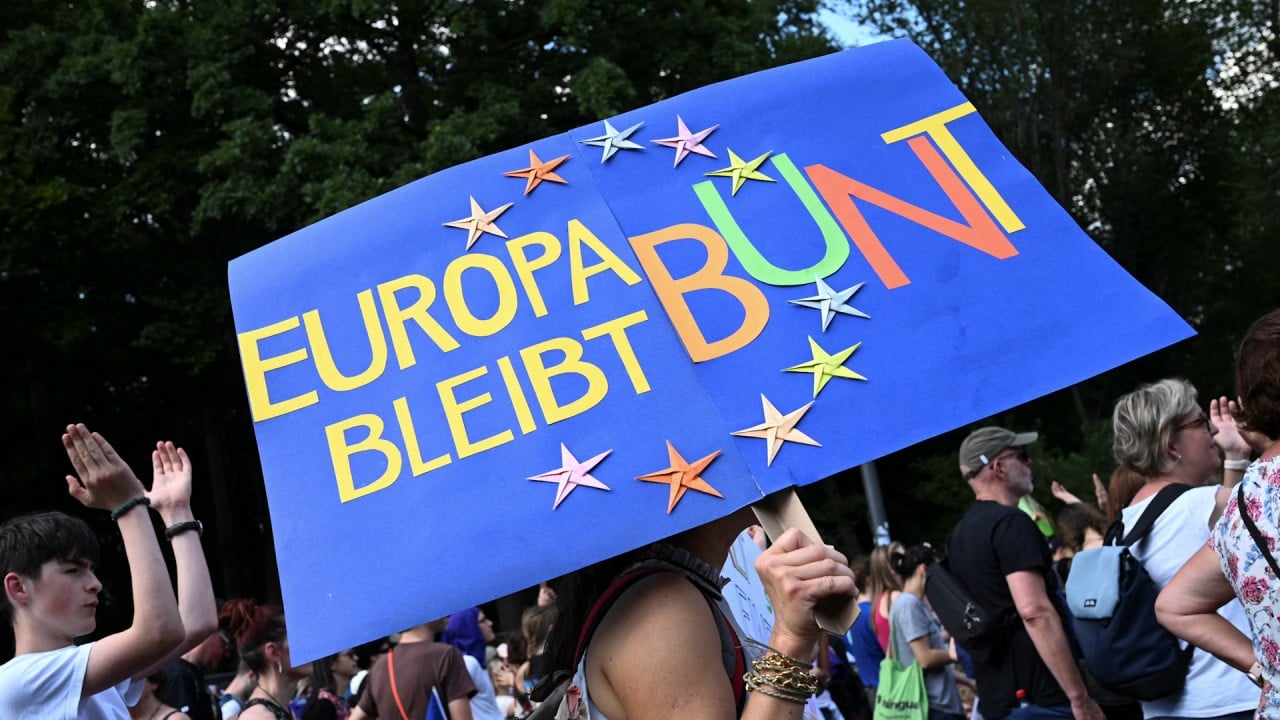Trade tensions between China and the European Union (EU) are intensifying, but a major European aircraft and drone manufacturer hopes the impact on bilateral aviation trade and cooperation will be limited.
“Airbus Helicopters and Airbus have a lot of cooperation with China. On the civil side, we have a very good cooperation with China,” Huberdeau said while showing off the company’s latest multi-role naval unmanned aerial system (UAS) helicopter, the VSR700, at Eurosatory.
“We have been working on helicopters with the Chinese authorities. We have sold many helicopters in China. So I don’t think this has anything to do with China. [to the trade tensions]. “
China’s top economic planning agency, the National Development and Reform Commission, signed a memorandum of understanding with Airbus during President Xi Jinping’s visit to Paris last month, pledging to deepen cooperation in aviation and related emerging sectors.
Reuters reported in April that Airbus was in talks with China about a potential large aircraft order.
But rising trade tensions have raised concerns about possible retaliatory measures from Beijing, including in the aviation industry.
Another Airbus executive, speaking on condition of anonymity, also predicted that the trade dispute between the EU and China would have little impact on the company’s business.

“There are a lot of opportunities in the Asia-Pacific region. It would be difficult to find a country where our products are not sold at present. This will be a good stepping stone for us to expand our business area,” the person said.
Airbus is showcasing unmanned aerial vehicles (UAVs) at Eurosatory this week. Among the rotorcraft and fixed-wing aircraft on display is the Eurodrone, a combat UAV being jointly developed by France, Germany, Italy and Spain that Airbus officials said is expected to be operational by 2030 and could potentially be exported to other regions, including the Asia-Pacific region.
The Chinese government alleged that the committee was weaponizing trade with China by “holding high the flag of green development in one hand and brandishing the stick of ‘protectionism’ in the other.”


.jpg?itok=Qexy_wA0)
